Toys Are More Divided by Gender Now Than They Were 50 Years Ago
Even though society has certainly come a long way to eliminate discrimination and establish equal rights for both men and women. there still is a long, difficult road ahead. In fact, as sad as it sounds, in some areas, society seems to be even moving backward.
This is the case with stuffed toys: they are now more divided by gender than they were in the time when sexism was a norm. Studies show that in the modern world, all of the toys are divided by advertisers into two categories, “for boys” and “for girls”, as if there was no toy that could be suitable for children of both genders.
50 years ago, however, despite the fact that gendered marketing was present, about half of the toys were promoted as gender-neutral.
Still, looking at many of the toys from the first half of the 20th century, one can see how greatly influenced by gender stereotypes they were. When it was strongly believed that the woman’s role is exclusively raising children and doing all the work around the house, the toys for girls were designed to prepare them for such a future.
Early Days
From the 1920s to the 1960s, there was a variety of toys, such as toy broom and mop, or a dinner service set. The ads would portray them as a “delight for a little housemaker”, clearly showing that women enjoy the role that the society has assigned for them.
The toys for boys were designed to prepare them for a job in the industrial economy. The ads used to proclaim that every boy likes to build things as if saying that any other behavior in boys is not normal.
In the early 1970s, due to second-wave feminism and the appearance of many women in the labor force, the number of ads that were targeted at one gender only dropped drastically. But what is more important, ads started breaking gender stereotypes by showing boys playing domestic toys, and girls building and trying other roles, such as scientist and doctor, that were thought to be masculine until then.
Unfortunately, though women continued to move further away from the traditional role of a housewife, the trend of gender-neutral toys did not last long. In the 1980s, toy companies started actively advertising their products, clearly stating whether they are designed for boys or for girls. The number of gender-neutral toys in the market has fallen to approximately 50%: like it was in the years right after the war.
Present Time
Today, the toys do not portray sexist stereotypes as explicitly as they did in the past, but they use other techniques to imply that they are made for a specific gender. For instance, girls’ toys are usually pink while boys’ toys are mostly blue.
The toys, such as action heroes and pretty dolls and princesses, paint a picture of a powerful, skillful boy, and a passive girl, focused only on her looks. Thus, the “little housemaker” has come a long way from the 1950s, to become a “little princess” in the modern world.
Toys divided by gender teach children that they can do anything, but only as long as it fits into the stereotype. However, it should not be like that. Girls need to grow up knowing that they can be scientists, doctors, and engineers, while boys need to understand that they do not have to always be strong, cold and emotionless to be accepted by society. And toy companies can help with that.
For example, instead of being divided by gender, the toys can be divided by age or interest; this way, children will truly do what the want, not what the society is telling them to want.

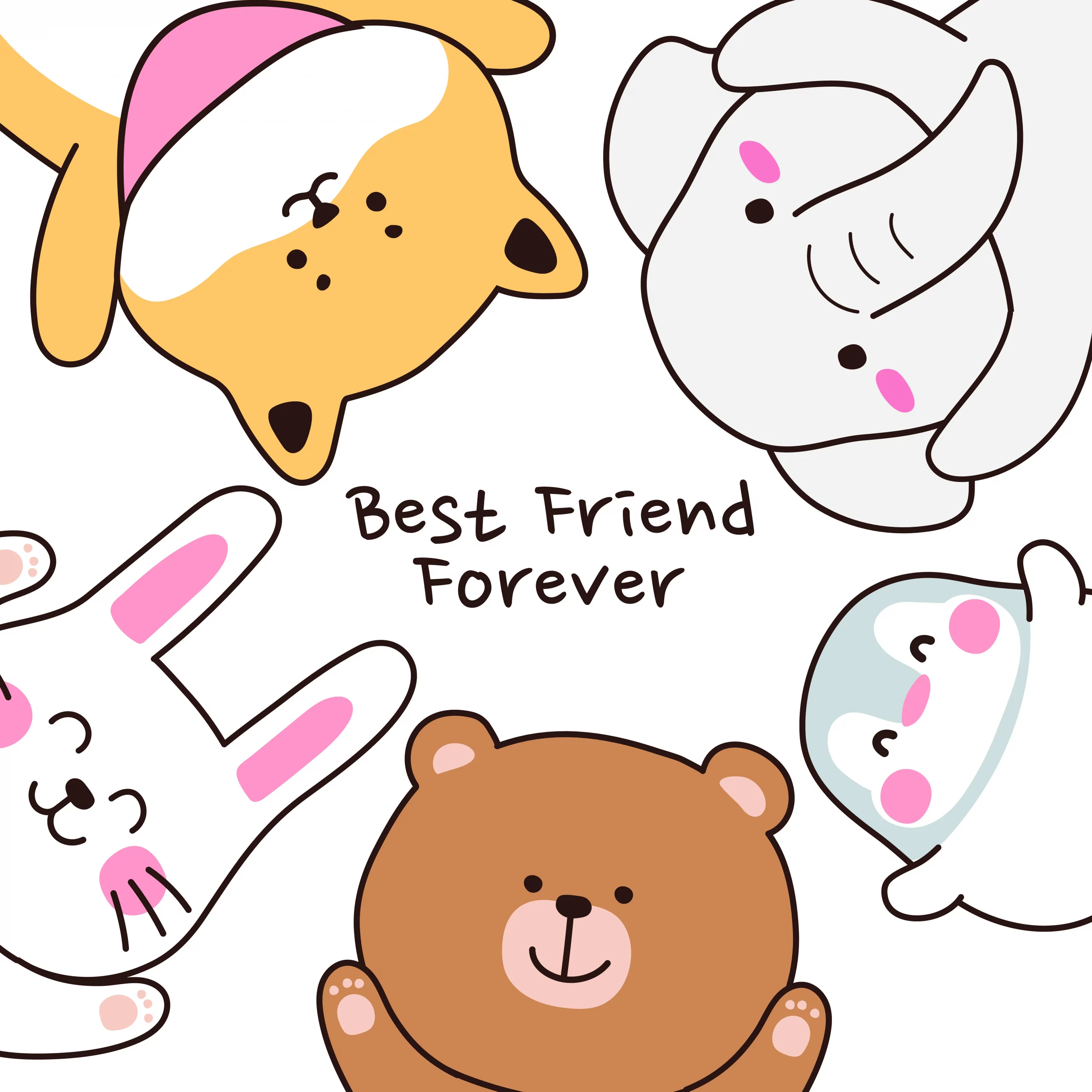
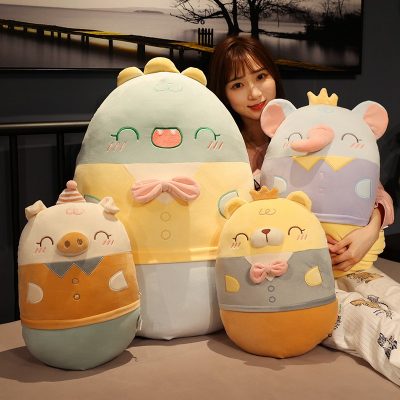
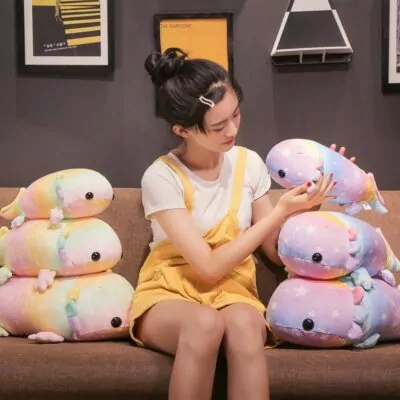
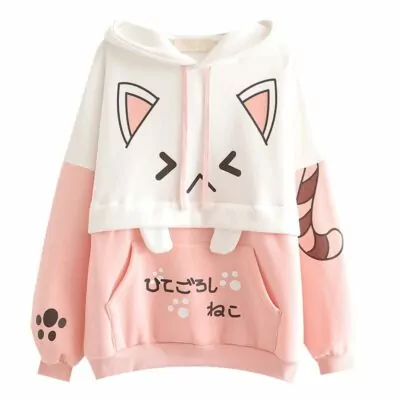
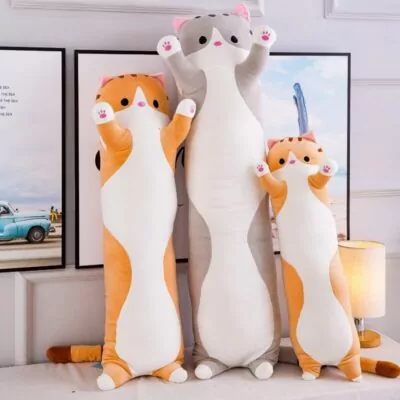
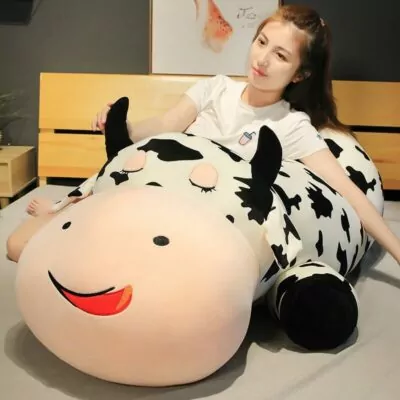
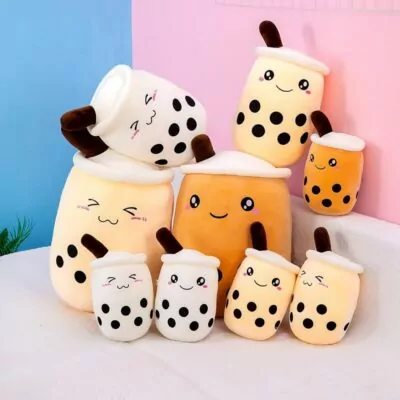
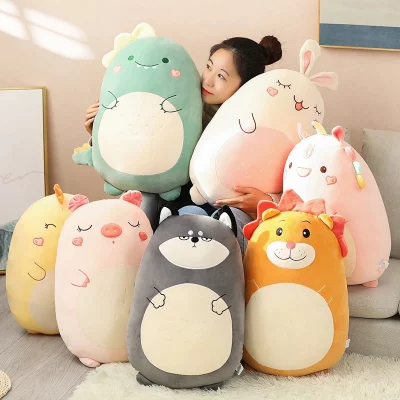

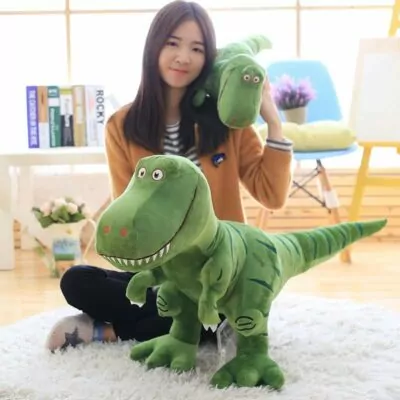
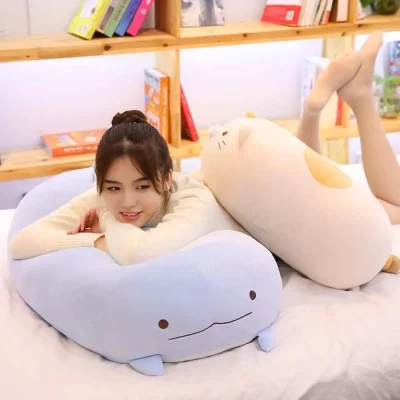
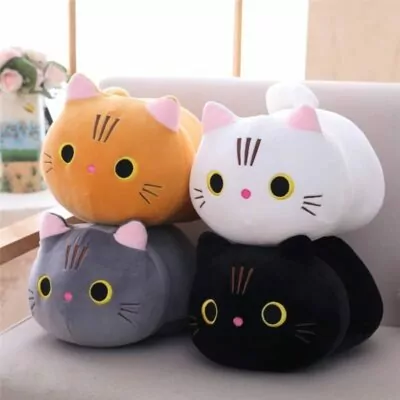
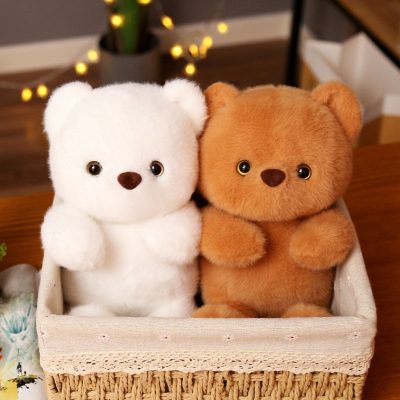

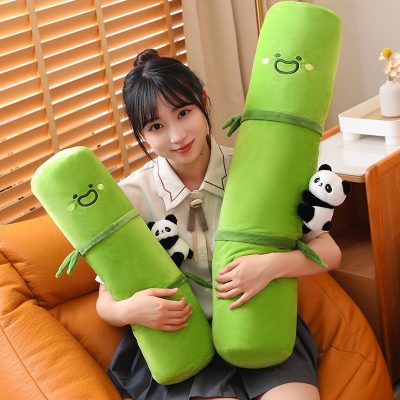
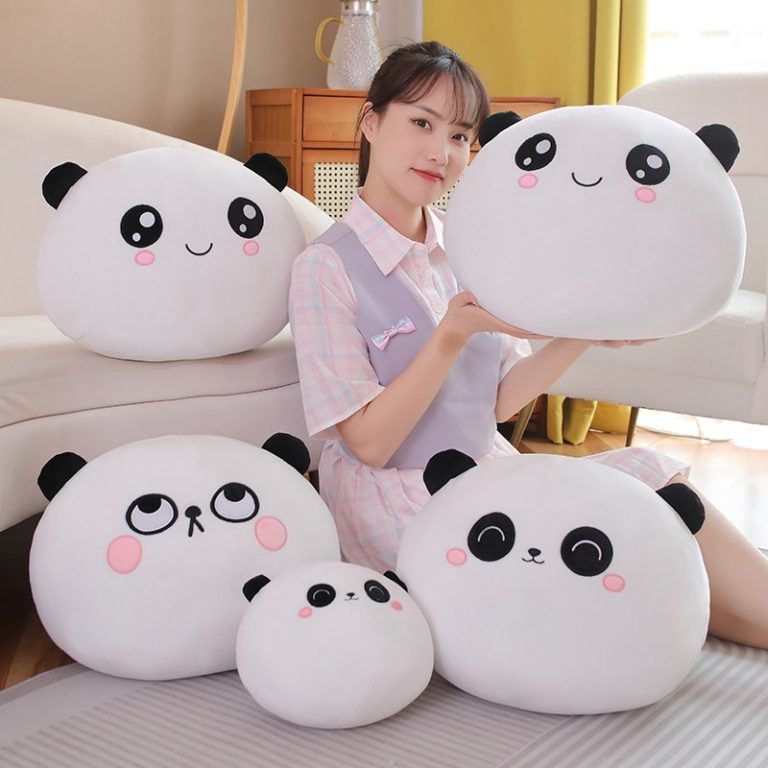
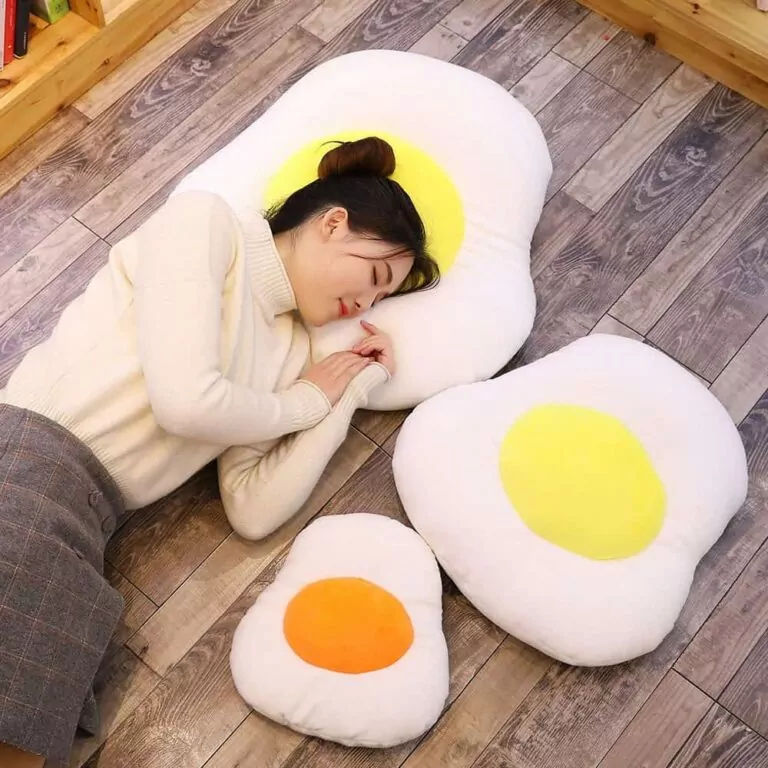
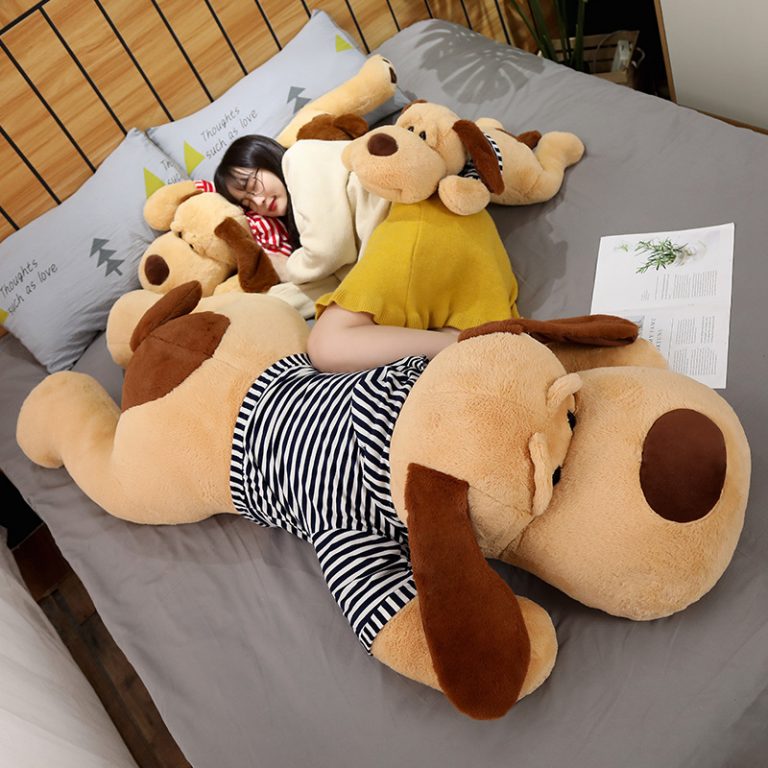




Leave a comment
You must be logged in to post a comment.